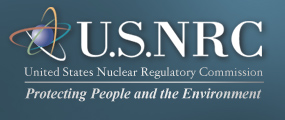Resolution of Generic Safety Issues: Item C-4: Statistical Methods for ECCS Analysis (Rev. 1) ( NUREG-0933, Main Report with Supplements 1–35 )
DESCRIPTION
Historical Background
As identified in NUREG-0471,3 Appendix K of 10 CFR 50 specifies the requirements for LWR ECCS analysis. These requirements call for specific conservatisms to be applied to certain models and correlations used in the analysis to account for data uncertainties at the time Appendix K was written. This issue involved the staff development of a statistical assessment of the certainty level of the 2200F peak cladding temperature limit.
Safety Significance
The purpose of this issue was to aid the staff in the review of changes to vendor ECCS models and in the performance of staff audit calculations of ECCS performance. Therefore, no significant change in public risk is attributed to this issue.
CONCLUSION
In accordance with a DSI memorandum,907 the staff informed the Commission in SECY-83-472908 of their intent to allow voluntary use of statistical uncertainty analysis by the industry to justify relaxation of all but the required conservatisms contained in current ECCS evaluation models. In addition, the staff is currently preparing an ECCS rule change that will allow the use of a best estimate model plus a statistical uncertainty to determine the peak cladding temperature. Until the staff revisions to the Appendix K rule change are implemented, the staff proposed to accept the revised ECCS analysis methods for demonstrating conformance to the current Appendix K requirements. Thus, this item was determined to be a resolved Regulatory Impact issue.
REFERENCES
|


